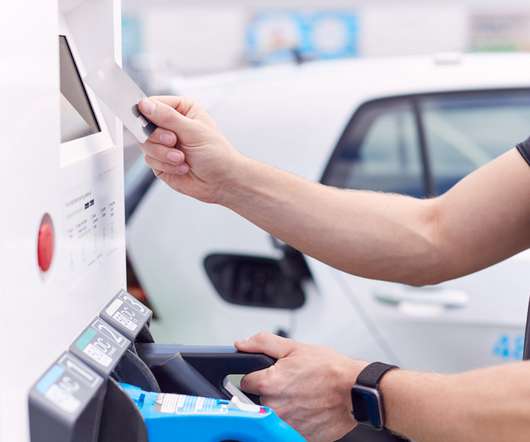BNEF forecasts EVs to be 35% of global new car sales by 2040; cost of ownership below conventional-fuel vehicles by 2025
Green Car Congress
FEBRUARY 25, 2016
The research estimates that the growth of EVs will mean they represent a quarter of the cars on the road by that date, displacing 13 million barrels per day of crude oil but using 1,900 TWh of electricity. At the core of this forecast is the work we have done on EV battery prices.























Let's personalize your content